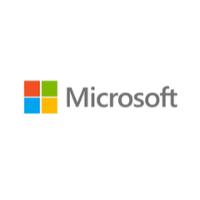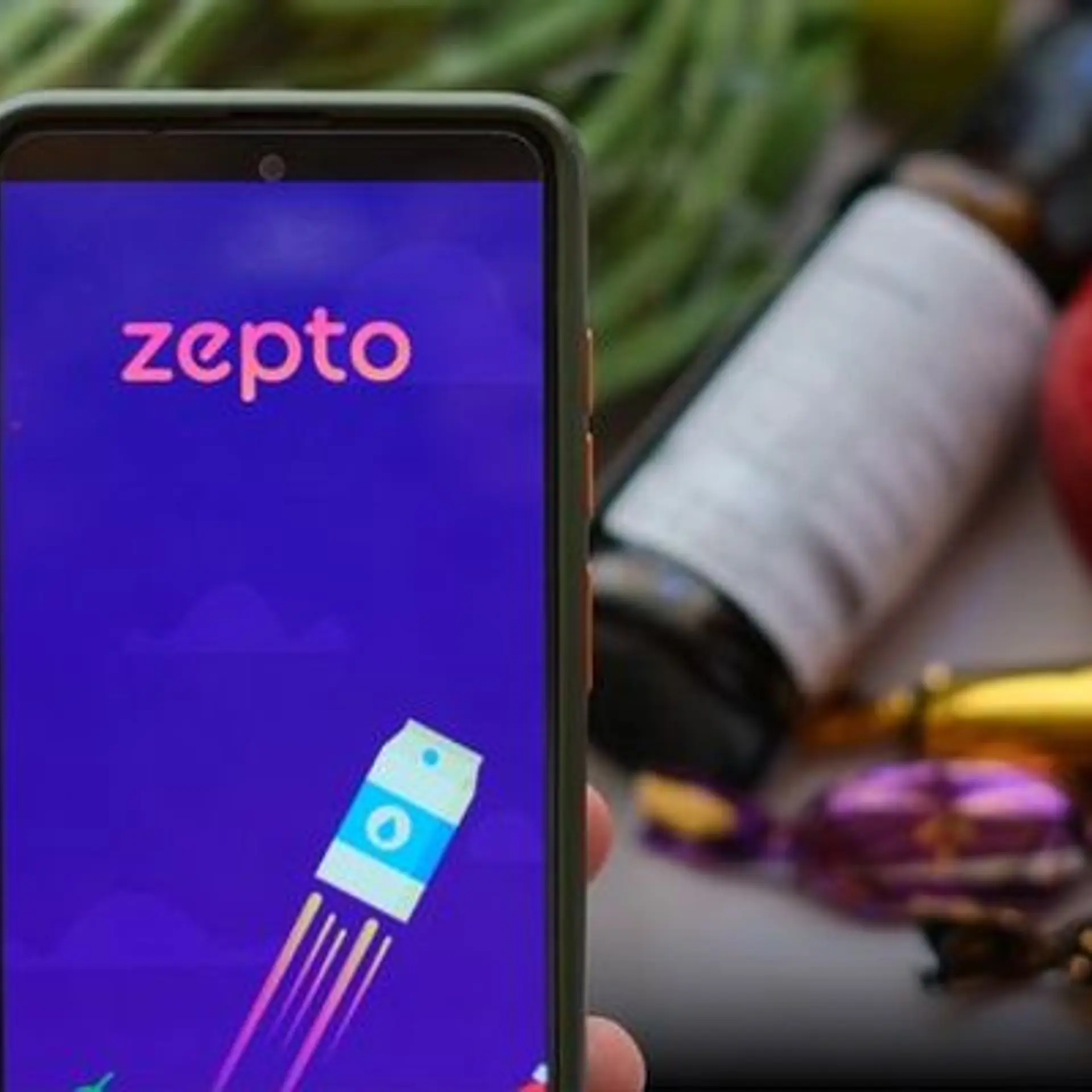
Microsoft
View Brand PublisherWill collaboration, capacity, and culture drive the future of developer tools?
Experts discussed the new development tools, trends, innovations, and the role of software developers at a virtual roundtable discussion on ‘Future of Developer Tools’.
At a time when technology enables our daily life, what does it mean to be a software developer? What is the future of developer tools that power most of the applications that we use? What are the new innovations in this space? These were some of the questions addressed by a prominent panel at the virtual roundtable discussion on ‘Future of Developer Tools’ co-presented by Microsoft and YourStory.
The panel comprising Abhijit Khasnis, VP - Technology, HealthifyMe; Sanket Saurav, Founder, DeepSource; Nitin Sharma, CPTO, CredAble; Nikhil Nandagopal, Founder, Appsmith; and Norman Sequeira, Director, Cloud Solution Architect Team, Microsoft Corporation India touched on various aspects in the area of developer tools.
Changing times means changing roles and needs
At a time when uncertainties are the norm, what does it mean to be a developer today?
Addressing the question, Nikhil said, “Traditionally developer meant someone who studied programming and who was able to build software. But I think that is changing today as more and more people are able to become developers. But developers now also have to think about how they can be more collaborative in a remote work setting.”
Indeed in these times, when virtual rules the roost, there is a need for tool sets that allow different people to work on the same code at the same time remotely, as HealthifyMe’s Abhijit pointed out.
Remote working has also thrown up other challenges, feels Nitin, particularly for fresh young developers, who are missing out on the opportunities and scope for inclusivity and mentorship that a physical work setup offers.
So the crucial question now, as Norman asked, is, “Can developers have the right tools no matter where they are, and have the development environment the way they want it within a few seconds?” In this context, he talked about some of the initiatives taken by Microsoft, like the GitHub code space that enables a developer environment in any place within a few seconds, or the Visual Studio, which allows new programmers to come on board and pair up with an experienced developer.
New trends and developments
Driven by new requirements, many new programming languages and tools are gaining traction, as enumerated by the panelists. Speaking about why these languages resonate better with the developer community, Nikhil highlighted the need for a more reactive programming paradigm rather than an imperative one and how applications are constantly getting richer, more memory-intensive, and more performance-intensive.
On the same note, Abhijit talked about new tools in the market that are trying to analyse data and enable automated reports to give managers a better view of what's going on. In the context of new trends, DeepSource’s Sanket also shared how a lot more companies are now beginning to invest more resources and time in building tooling that can help them catch problems sooner in their pipeline.
Speaking of new trends and innovations in the mobile space, Nitin reiterated the importance of native frameworks that have managed to remain really good options in the long run for both developers and organisations.
Most innovations, while being driven by emerging new needs and trends, are also catalysed by the community or ecosystem that they stem from. Norman, speaking about the increased role of community in the developer space, talked about the boost in productivity seen when new developers get mentorship and timely reviews.
Enabling aspiring developers
The discussion ended with the question of how to make technical learning more accessible to any aspiring software developer. While Nikhil felt there is a need to change the way software code is written and programming languages are designed, Abhijit felt the need to shift from a syntax-driven approach to a more problem-solving one. Sanket, for his part, felt that the best way to make technical learning easier is to focus on writing and building great documentation, while Nitin stressed on the need to make it objective-driven and make technical education more inclusive.
Norman summed up by driving home the importance of making technical learning more accessible through collaborations, while sharing some of the initiatives taken by Microsoft in this regard.
To know more about how Microsoft can help in your Startup Journey please visit Microsoft for Startups program







